27 January 2025
When was the last time you got hooked on a game purely because of its spectacular visuals? Sure, jaw-dropping graphics can make you do a double-take, but let’s be honest: it’s the gameplay that keeps you coming back for more. Whether you're a casual gamer or a die-hard enthusiast, you'll undoubtedly agree that killer graphics are the sugarcoating, but game mechanics? They’re the beating heart of a game. Let’s dive into why game mechanics matter more than graphics.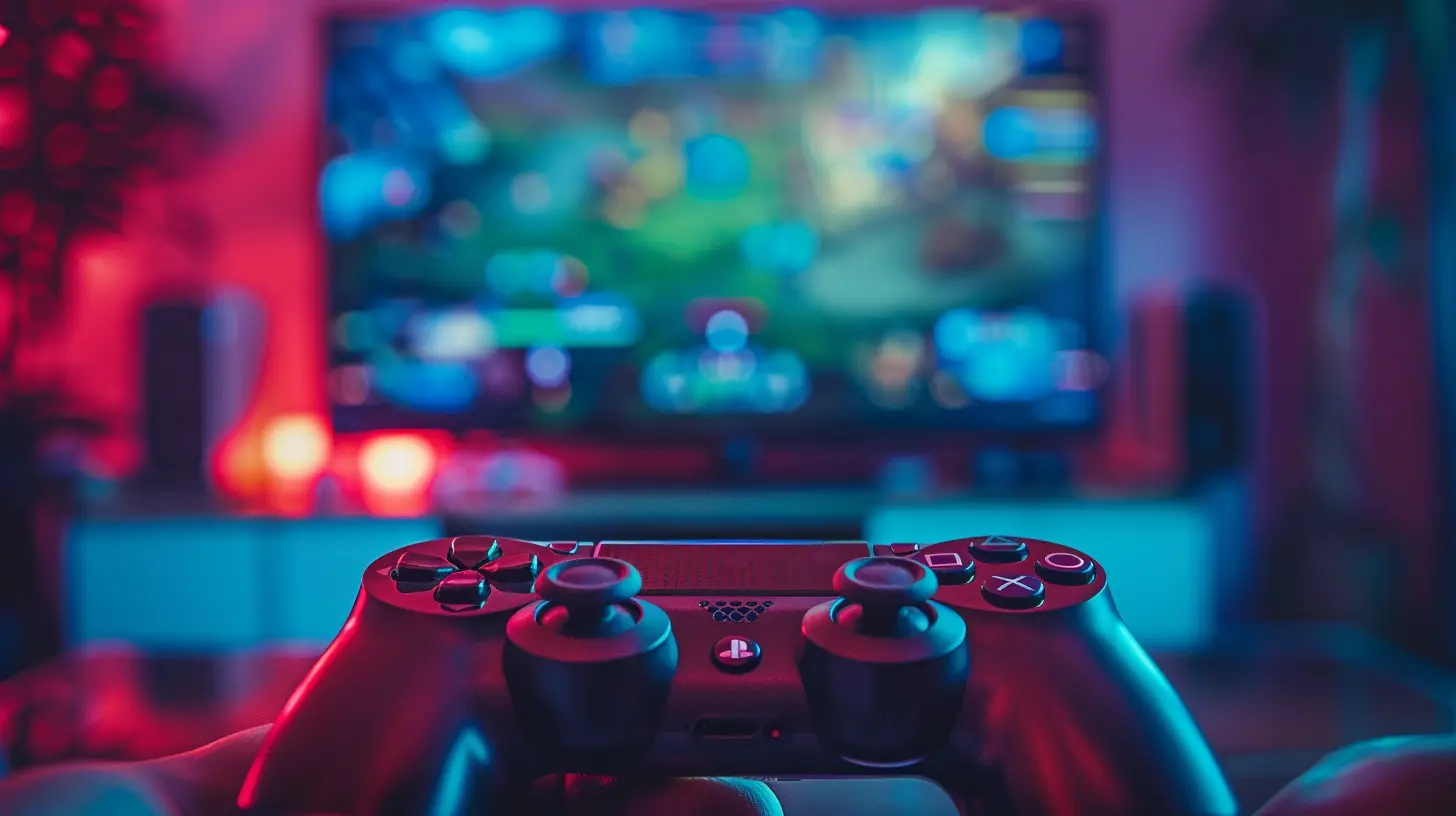
It All Comes Down to the Experience
Think about it: what makes gaming fun? Is it how realistic the grass looks, or is it how the controls respond when you're sprinting through that grass? Game mechanics are the core rules and systems that define how a game works and how you interact with it.Imagine your favorite racing game. The cars look photorealistic, and the sunsets are borderline Instagrammable, but if steering feels clunky or the speed doesn’t translate properly, you’re not going to care how many pixels the graphics team pushed. It’s like a beautifully wrapped gift that’s empty inside – it takes just seconds to feel underwhelmed.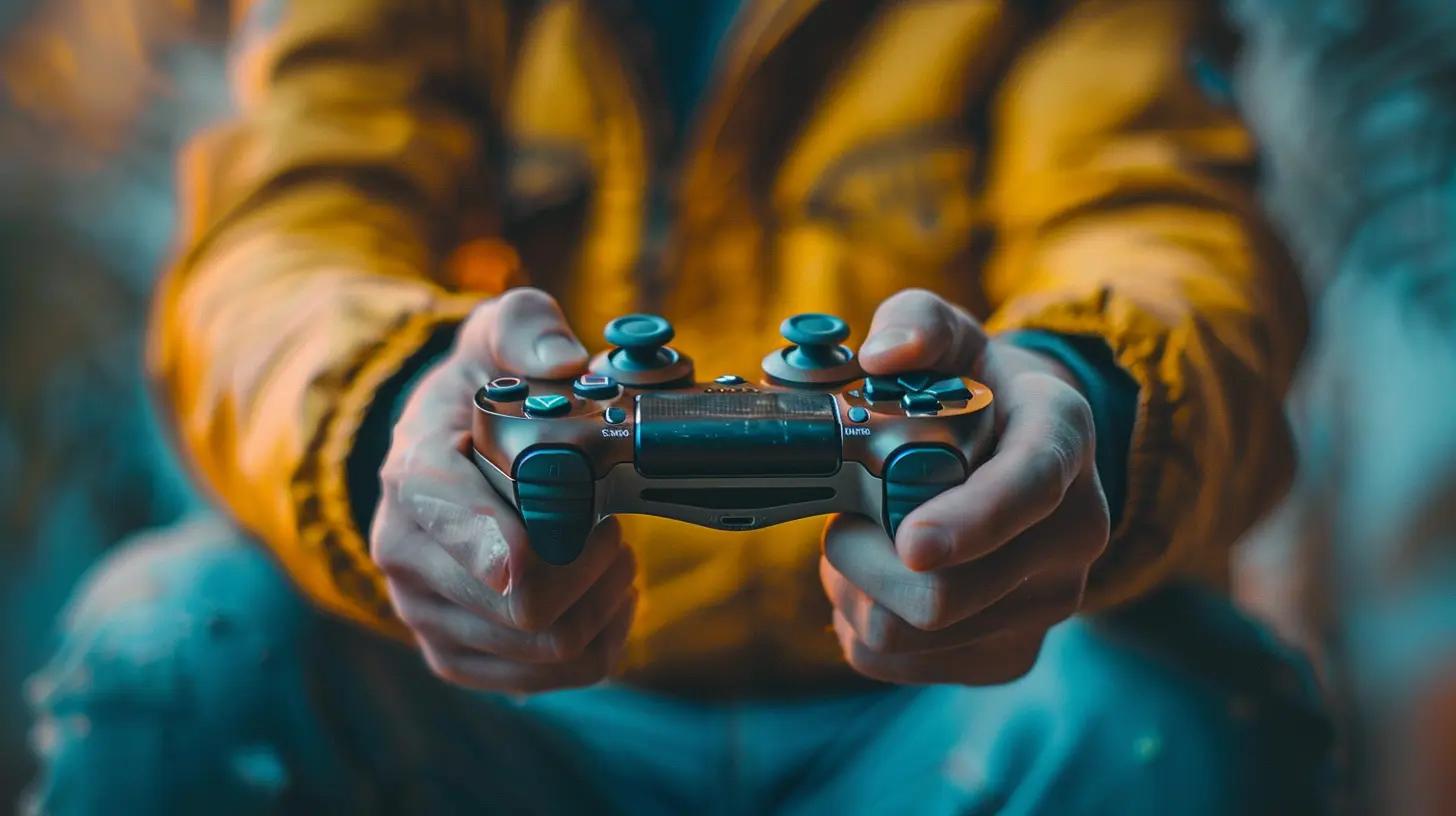
Graphics Age; Mechanics Don't
Graphics are like fashion trends – they lose their sparkle as technology evolves. Remember the graphics we were wowed by in the early 2000s? Today, they look laughably outdated. However, a game with solid mechanics can stand the test of time.Take Tetris or Super Mario Bros., for example. These classics are still played, loved, and revered decades after their release, and not because they dazzle us with their visuals. It’s because the mechanics are rock solid, endlessly entertaining, and, most importantly, timeless.
Even modern hits like Minecraft prove this point. Its boxy visuals may not impress graphic snobs, but the freedom to build, explore, and survive? That’s where the magic lies. The gameplay loop is so engaging that the simplistic graphics actually become part of its charm.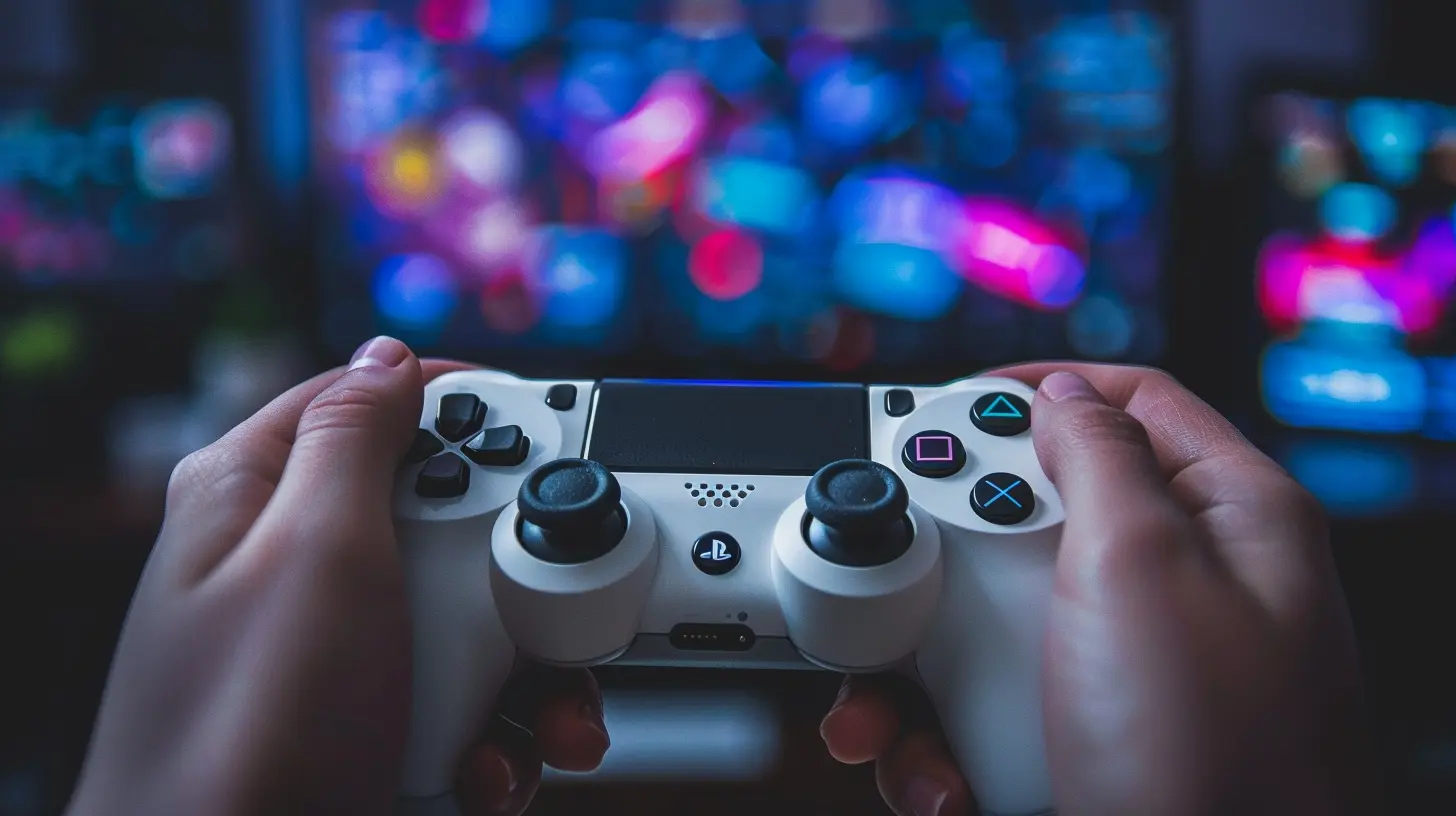
Emotional Connection Comes From Gameplay
Games are more than just eye candy – they’re emotional journeys. And what makes us emotionally invested? It’s not just about how pretty the sunset looks in the background; it’s how the game's systems pull you in.Picture this: you're playing a story-driven game. The graphics are stunning, sure, but wouldn’t it be more impactful if the mechanics make you feel like your choices carry weight? Games like The Witcher 3 and Dark Souls create emotional depth through gameplay. It’s the way you feel the consequences of your actions, the satisfaction of overcoming challenges, and the mechanics that immerse you in the world. Graphics might set the stage, but it’s the gameplay that makes you a part of the story.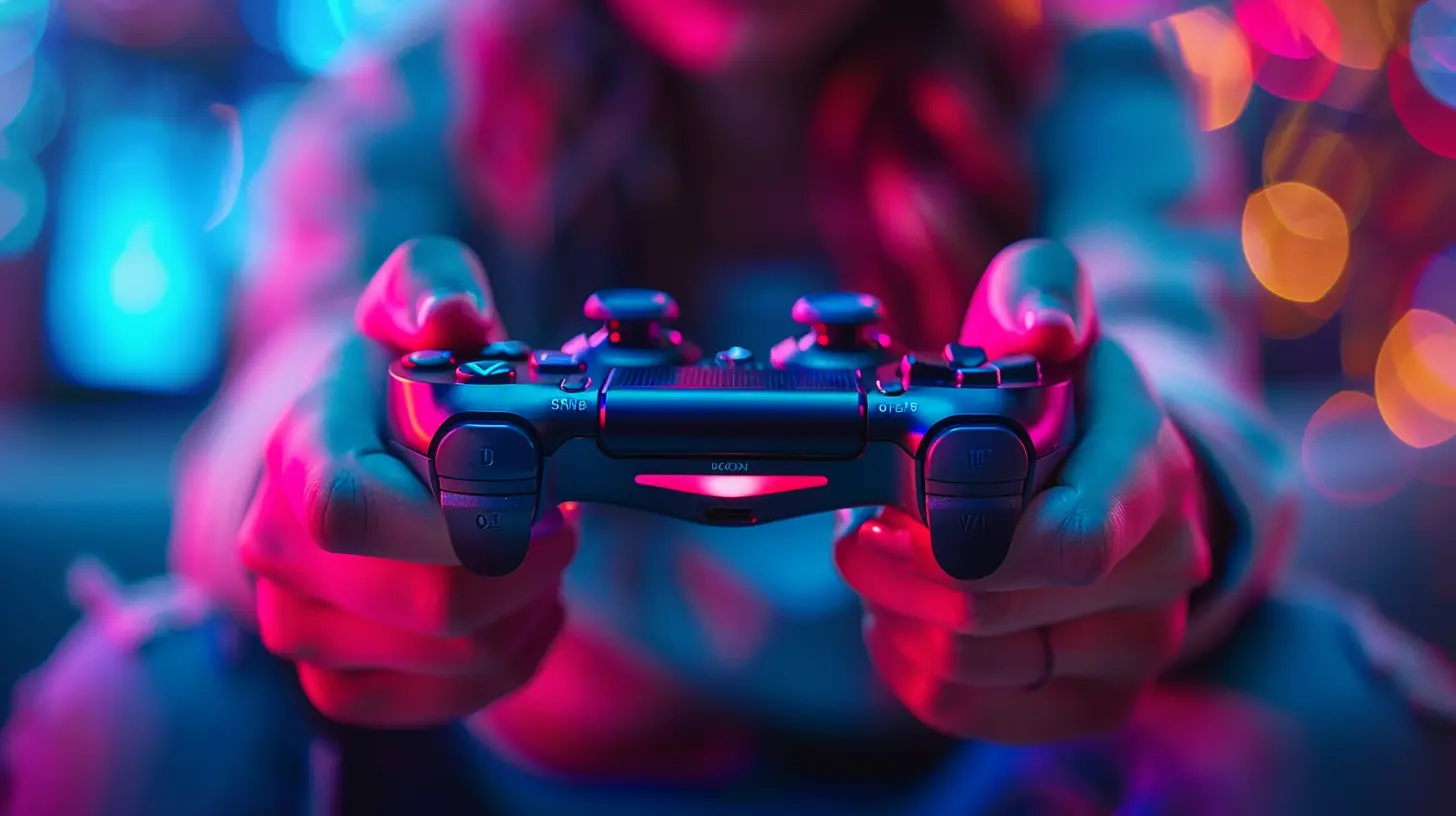
Replayability Is a Gameplay Thing
How often do you decide to replay a game because of its visuals? Spoiler alert: probably never. Replayability is almost always tied to mechanics.Take Stardew Valley, for instance. The pixel art is charming, but what keeps players coming back for hundreds of hours is the addictively satisfying gameplay loop of farming, crafting, and forming relationships.
A great mechanic invites experimentation. It dares you to try a different strategy, to reimagine the possibilities. Whether it’s retrying a level for a better score or exploring an alternate storyline, mechanics keep you hitting that “Start New Game” button over and over again.
Bad Mechanics Are a Deal-Breaker
Let’s flip the script for a moment. What happens when a game has stunning graphics but clunky mechanics? It’s the gaming equivalent of eating a beautiful cake that tastes like cardboard. Think about some graphically impressive but poorly received titles. Chances are, the common complaint wasn’t “the game was too pretty,” but rather, “the gameplay sucked.”When mechanics fall short, the immersion shatters. You’re no longer a hero or an adventurer – you’re just a frustrated player realizing all those polygons and shaders can’t save a dull experience.
The Rise of Indie Games Proves the Point
Indie games are the underdogs of the gaming world, and yet they’re thriving. Why? Because they focus on creating engaging mechanics rather than pouring millions into lifelike visuals.Consider indie hits like Hollow Knight, Celeste, or Undertale. These games don’t have AAA budgets for flashy graphics, but they outshine many big-budget titles with well-thought-out mechanics and storytelling. They remind us that you don’t need high-resolution textures to leave a lasting impact. All it takes is a mechanic that resonates with players on a deeper level.
Graphics as a Supporting Role, Not the Lead
Don’t get me wrong – I’m not saying graphics don’t matter at all. They absolutely do. Great visuals can enhance a game’s atmosphere, grab your attention, and even make gameplay easier to follow (think color-coded indicators or visual cues). But they’re just the appetizer, not the main course.A perfect blend of graphics and mechanics is ideal. The Legend of Zelda: Breath of the Wild is a prime example. The graphics are gorgeous, but it’s the mechanics – the freedom to explore, the seamless climbing, and the interactive environment – that make the game a masterpiece.
Ultimately, graphics can only amplify what’s already there. Without a strong foundation of mechanics, even the prettiest game will crumble.
Why Mechanics Will Always Win
At the end of the day, here’s the hard truth: graphics are just skin-deep, while mechanics are the soul of a game. You could turn an ugly game into a cult classic with compelling mechanics, but the reverse? Not so much.Think about the games you’ve poured the most hours into. Now ask yourself: did the graphics keep you playing, or was it the way the game made you feel, think, and strategize? Chances are, it was the mechanics all along.

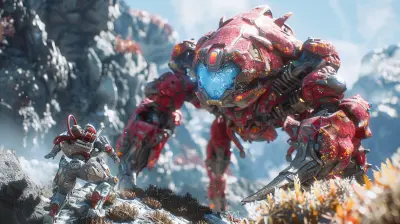
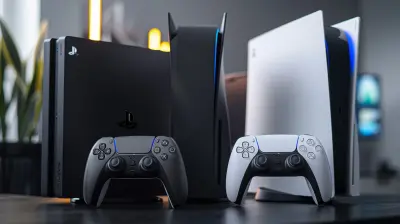
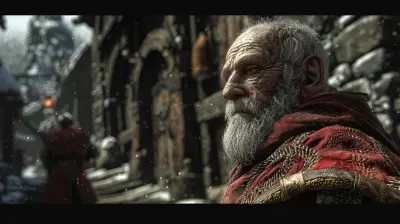
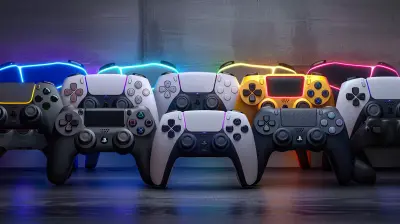
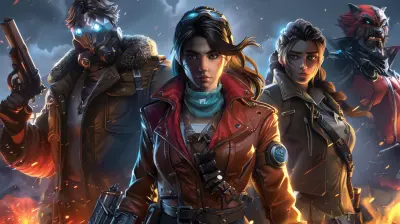

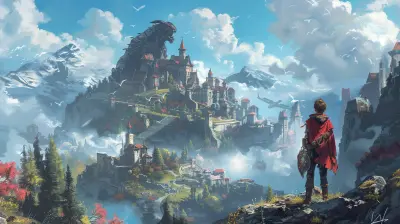
Valeria Richardson
Great article! It’s refreshing to see a focus on game mechanics over graphics. Engaging gameplay can create lasting memories, while stunning visuals may quickly fade. Ultimately, it’s the mechanics that keep players coming back for more. Well said!
February 13, 2025 at 5:58 PM